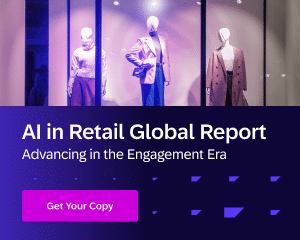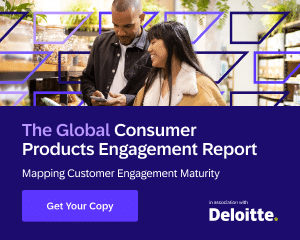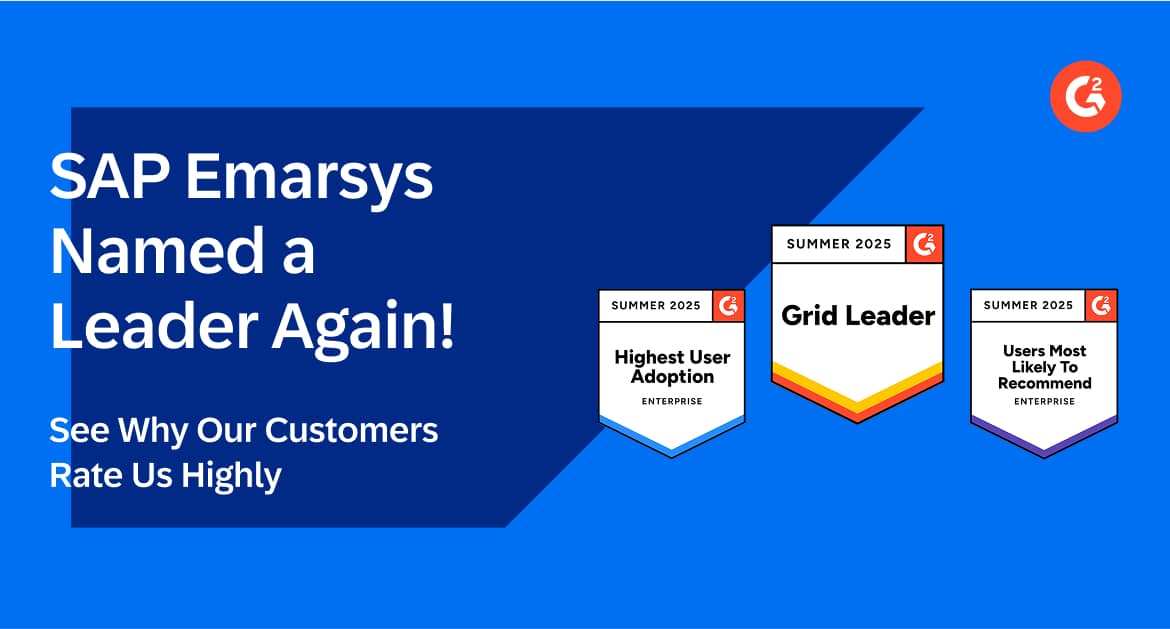Today’s marketers are busier than ever as they juggle branding, CX, digital marketing, customer acquisition and retention, and much more. According to Gartner, marketing budgets have been reduced, which may cause more work for marketers. Essential marketers are left feeling overwhelmed.
As more work and responsibilities are piled onto marketing, time constraints become a reality. For example, because marketing is now viewed as a revenue center, team members must spend a large quantity of time combing through analytics so they can prove their value.
Thankfully there are ways a marketing team can gain back more time so they can dive into strategy and create personalized campaigns to entice customers to remain loyal.
Let’s find out exactly what your team can do to gain back time.
Use AI to Improve Your Marketing Team’s Performance
Marketing teams have a host of technology they use each and every day. And moving between all their various martech costs them time. In fact, data preparation and segmentation now takes up more of marketers’ time than any other task. On top of that, teams are continuing to replace or upgrade to new technologies which requires time to learn.
Due to their inefficient tools, marketers waste loads of time performing essential tasks. As the greatest resource of marketing teams is your people, the last thing you want for them is to be heads-down, configuring tech, instead of working on strategies.
I grew up near the Indianapolis Motor Speedway (home of the Indy 500). Every May I’d step outside to hear the high-pitched wine of the 200+ mph cars flying around the 2.5 mile oval, as they practiced before the race on the last Sunday in May.

Imagine just for a moment there was one Indy Car driver who felt they were good enough to drive and instead of practicing simply tinkered on their car. I don’t think the race would end well for that driver. The same is happening with many marketing teams. Instead of actually practicing marketing, they’re stuck in limbo, trudging through the martech jungle.
“That time to sit back and think, and to think about where we want our company to be, what we want our brand to be, who our customers are, what they need […] That’s the gift that AI-based tools bring marketers… a moment to breathe. And that’s what I saw with this team. As the freedom to think about the big picture was returned to them, we had fresh ideas come up, not just in how to use this tool — sure, there was that, and then you get excited to play with the new toy — but how our customers shopped, about what’s important for our brand, what’s important to our customers, what they’re passionate about, and where that connects [with] what would spark their interest. We talked more about personas and immediately my AI power-users had ideas of how to let the engine do the work to make those messages get to the right people at the right time.”
Loyalty and First-Party Data
I’m a loyal member of a chain cafe. For the past several weeks this company has attempted to coerce me into buying one of their bakery items. They’ve sent emails and in-app messages with deals upwards of 50% off a bakery item.
Here’s the thing, I don’t order bakery items (nor is there a history of me doing so). Instead of sending me offers I won’t ever use, they should just find out what I like. Just ask me what I like, either through their app or an email, and send me the offers I’ll actually use. It’s very annoying to get a constant stream of coupons I won’t use. It shows that, even though I spend a decent amount of money at the cafe each month, they don’t know me.
Loyalty is more than offering points and prizes. It’s really about understanding customers on a deeper level. Customers expect you to provide them with relevant information. Approximately 44% of consumers will switch to a brand that provides better personalized marketing communications.
“Your loyalty program and your retention program doesn’t need to sit in a silo. Creating that relationship with your customers, and driving them to retention, and driving them to loyalty, really should be an overall tenant of all of your marketing efforts. So, you know, as you’re understanding more about this customer, and you’re using AI to layer on: is a customer likely to convert? Are they likely to churn? Is it a first time buyer? Or somebody who has spent a lot of time with you? What are their preferences? What are the types of things they’re interested in? What type of channel do they want to be reached on? Understanding all of that data and then leveraging all that data to make sure it’s infused in everything you do is a huge part of creating customer retention and creating customer loyalty.”
The True Value of Retention
Joe Girard once set a Guiness World Record for selling the most cars in 1973. In all he sold 13,001 cars between 1963 and 1978. When other salesmen in his dealership sold, on average, five cars a month, Joe averaged six a day (and sometimes more).
What was his secret for selling so many cars? Well, Joe knew that customers would eventually need to buy a car again. Each month he sent a card to all of his customers with a positive message. After doing this for some time, most of Joe’s sales came from repeat customers because he understood retention. He didn’t even have time for walk-ins and if they wanted to buy a car from Joe, they’d have to set an appointment with him.
“It’s all about retention. And I think it’s about the competitive advantage of knowing your customer better. And so, thinking about small data, it’s not knowing everything, it’s knowing the most important things, and using those moments to understand them better and take them through the purchase. So again, in a world where everything’s digital all the time, thanks to the pandemic, and everything else happening, as a brand fighting for attention and how do you break through, we see the brands that are winning, that are aren’t just pushing these ‘buy now, shop now’ push messages, but they’re really offering that value exchange.”
As a car salesman, Joe didn’t have to rely on acquiring new customers. He simply was able to retain his current customers and continue selling to them throughout their lifetime.
Joe understood that a company’s value can grow by 30% if user retention rate increases by a mere 10%.
“The key here is retaining the people you have and getting more purchases out of them, right? Because you spent all this money to get them to buy something once, why not keep that relationship, right? “
Use SMS to Connect with Customers
Remember the good ol’ days of going into a store and being assisted by a representative who answered your questions and offered you options that best suited you? I miss those days, too. Now we stare at screens, trying to make decisions with very little research.
So, how can your company stand out so you can connect with customers wherever they are? Well, your company may be collecting zero- and first-party data that you can leverage to connect with customers at the right time with the right message on the right channel. Some of the best ways to gain even more insights is to have a conversation with your customers through SMS.
In fact, around 75% of customers want to receive offers through SMS, and, when compared to emails, SMS has a 98% open rate.
“You look at SMS as a channel, it’s pretty conversational by nature. Obviously, we text friends and family and things like that, but we’re seeing forward-thinking brands that understand how to leverage this channel in a more conversational format. It’s not about deals, just exclusively, it’s not about promotions. It’s: how can we use it to build more one to one relationships? We did a really large survey, and [found that] a lot of customers want things like transactional texts. They want customer service over SMS [and] they want to be collecting and giving data through a conversational experience. And so these are the things that we really think that brands can start investing in now to start gathering that more of that zero-party data, that first-party data, that we need to personalize experiences.”
Conclusion
No longer do marketing teams need to tinker with their martech tools. Instead, with the help of AI, they can shave hours off their workload and use that time to craft strategies to connect 1:1 with customers.
And the best way to connect with customers and understand them on a deeper level is to leverage your zero- and first-party data so you can communicate with them in a relevant and timely manner across multiple channels.
Handpicked Related Content:
















